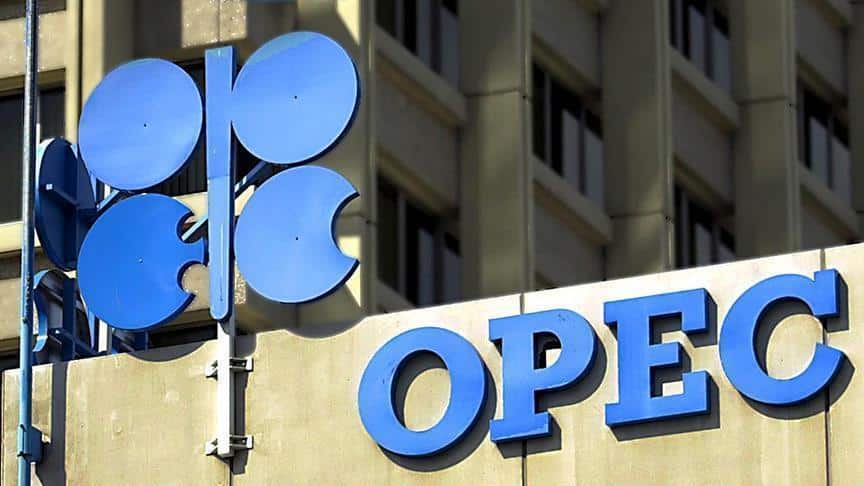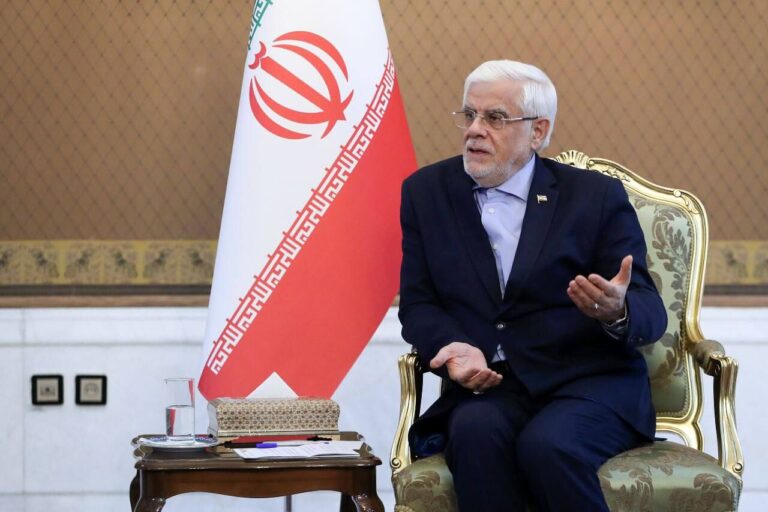
OPEC and its allies have agreed in principle to a substantial increase in oil production for September, aiming to reclaim global market share by fully restoring a previously halted tranche of supply. A delegate from the group confirmed that the decision will be formally ratified during an upcoming video conference on August 3, Bloomberg reports.
The proposed increase of 548,000 barrels per day will mark the completion of a phased reversal of 2.2 mln barrels per day, a voluntary output cut made by eight OPEC+ members in 2023. The agreement also includes an additional quota adjustment for the United Arab Emirates.
Oil Policy Shift Brings Relief to Drivers but Risks Future Surplus
The production boost represents a notable shift in OPEC+ policy, moving away from price defence and towards increasing supply. This change has already helped stabilise oil and fuel prices amid geopolitical tensions and rising seasonal demand. Analysts note that the easing of supply constraints has offered some relief to consumers, while also aligning with political interests, particularly those of President Donald Trump, who has publicly pushed for cheaper oil.
Last month, the group had already signalled its intention to finalise the 2.2 mln-barrel recovery. Market watchers now expect attention to turn toward another 1.66 mln barrels per day of output that remains offline until end-2026.
«With the voluntary cuts now being phased out, we anticipate OPEC+ will pause and evaluate global conditions before proceeding with further adjustments,» said Helima Croft, head of commodity strategy at RBC Capital.
Previous Developments
Earlier this year, a surprise move by OPEC+ to speed up the removal of cuts sent oil prices plunging to a four-year low. This announcement followed Trump’s «Liberation Day» tariffs, which shocked financial markets. Since then, the group has rolled out aggressive monthly increases, with further acceleration seen in July.
Although Brent crude prices have rebounded due to stronger summer demand, trading just under $70 per barrel, they remain down 6.7% for the year. Analysts caution that as production continues to rise, the risk of an oversupply looms, especially as global economic growth shows signs of slowing.
Meanwhile, Trump has threatened to target Russian oil exports with secondary sanctions if a swift ceasefire in Ukraine is not achieved. Such a move could sharply disrupt global supplies, potentially driving prices up, undermining his own call for lower oil costs and pressure on the Federal Reserve to reduce interest rates.













